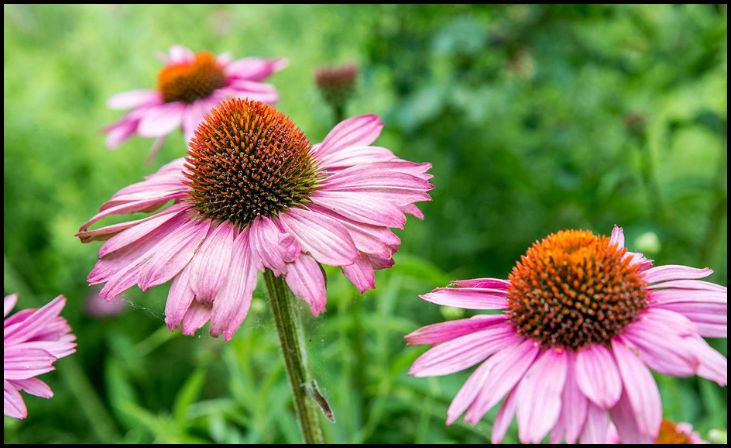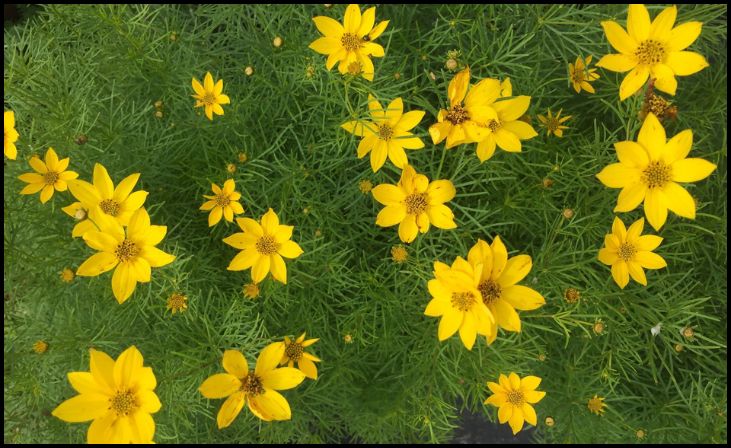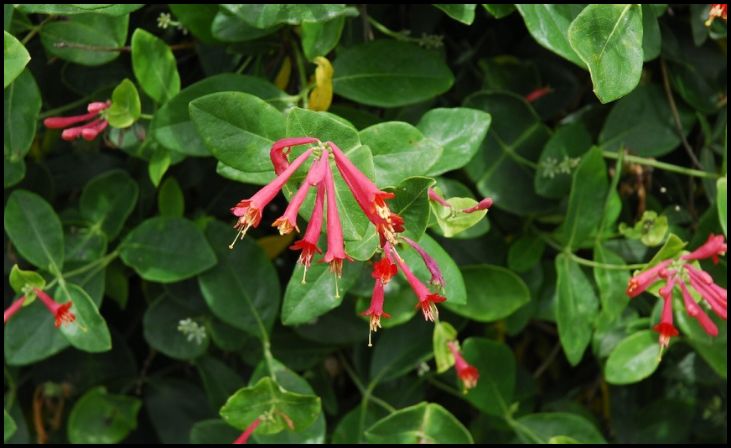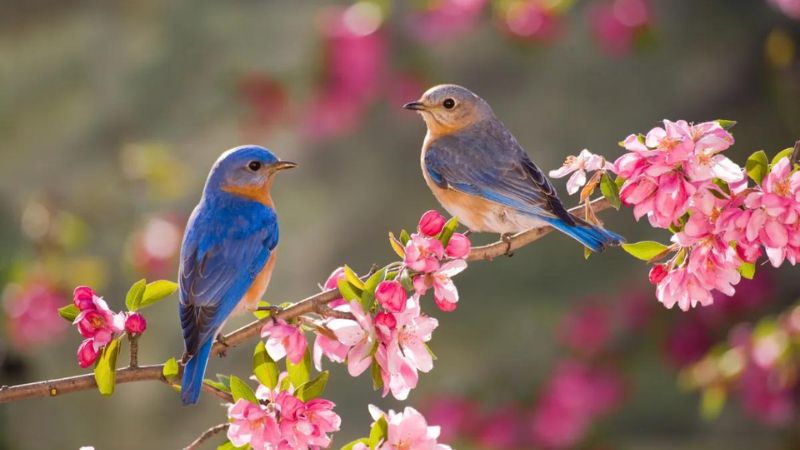Purple Coneflower, or Echinacea, is a perennial plant cherished for its vibrant purple flowers and medicinal properties. This resilient plant thrives in various soil types and conditions, making it a favorite among gardeners. Not only does it add a unique aesthetic to gardens, but it also plays a crucial role in supporting local wildlife, including birds and beneficial insects. Let’s dive deeper into the world of Purple Coneflower and explore its many benefits and how to cultivate it successfully.
Purple Coneflower

Purple Coneflower, or Echinacea, is a perennial plant that is not only easy to grow but also remarkably resilient, thriving in various soil types and conditions. This plant is particularly valued for its striking purple hue and distinctive droopy petals, which add a unique aesthetic to any garden. Apart from its visual appeal, the Purple Coneflower is known for its medicinal properties, often used in herbal remedies to boost the immune system. Its flowers attract a variety of insects, which in turn draw bluebirds and other birds, creating a dynamic and lively garden environment.
Black-Eyed Susans
Black-Eyed Susans, native to North America, are vibrant, yellow flowers that bloom from early summer to fall, providing a long-lasting food source for birds and pollinators. These plants are low-maintenance and can thrive in a wide range of soil conditions, making them an ideal choice for gardeners of all skill levels. Their bright, cheerful appearance and extended blooming period make them a staple in attracting bluebirds, as they offer an abundant supply of seeds and attract insects that birds feed on.
Common Milkweed
Common Milkweed is crucial for the survival of monarch butterflies, serving as a host plant during their migration. This plant produces clusters of small, fragrant flowers that are highly attractive to various insects, creating a rich food web that benefits bluebirds and other bird species. By planting Common Milkweed, gardeners can support the monarch butterfly population while also drawing bluebirds, which are attracted to the insects that flock to this plant. Its ecological importance and ability to thrive in different conditions make it a valuable addition to any garden.
Tickseed (Coreopsis)

Tickseed, also known as Coreopsis, is a versatile and vibrant plant that can brighten any garden with its daisy-like flowers. These blooms are not only visually appealing but also attract a variety of birds and pollinators, including bees and butterflies. Tickseed is drought-tolerant once established and thrives in full sun, making it a hardy and reliable choice for gardeners. Its seeds provide a valuable food source for bluebirds, while its flowers support a healthy ecosystem by attracting beneficial insects.
Sunflower
Sunflowers are a favorite among both humans and birds due to their large, nutritious seeds. These plants are easy to grow from seed and come in a variety of sizes and colors, offering versatility in garden design. Sunflowers’ tall, sturdy stalks and bright, cheerful blooms make them a standout feature in any garden. They provide a vital food source for bluebirds and other bird species, especially in the late summer and fall when food can become scarce. Their ability to attract and sustain bird populations makes them an excellent choice for bird-friendly gardening.
Asters
Asters are cheerful, late-blooming flowers that extend the availability of food for birds into the fall. Their vibrant colors and star-shaped flowers are highly attractive to pollinators and beneficial insects, supporting the local ecosystem. By planting asters, gardeners can ensure that bluebirds and other birds have a steady food supply even as the growing season comes to an end. These hardy perennials thrive in a variety of conditions and require minimal maintenance, making them a practical and beautiful addition to any garden.
Zinnias
Zinnias are known for their bright, showy blooms and are a popular choice for attracting birds and pollinators to the garden. These flowers are easy to grow from seed and come in a wide range of colors and sizes, making them suitable for various garden layouts, including borders and flower beds. Zinnias’ vibrant flowers attract insects, which in turn draw bluebirds and other birds to the garden. Their ability to bloom profusely throughout the summer makes them a reliable source of food and visual appeal in any garden setting.
Trumpet Honeysuckle

Trumpet Honeysuckle is a native vine that stands out for its ornamental flowers and wildlife-attracting qualities. Unlike invasive honeysuckle species, this plant is beneficial to the ecosystem, providing nectar for hummingbirds and berries for various bird species. Its tubular flowers are particularly attractive to bluebirds and other birds that feed on nectar. Trumpet Honeysuckle can be trained to grow on trellises, fences, or arbors, adding vertical interest to the garden while supporting a diverse bird population. Its dual role as a food source and decorative element makes it a valuable plant for any bird-friendly garden.

